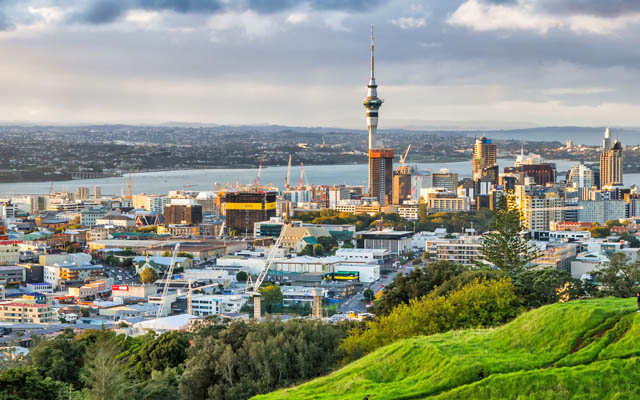Tourism New Zealand (TNZ) is focusing on growing off-peak visitation to support sustainable and productive growth of the tourism sector, which has seen a successful recovery post-lockdown.
Visitor arrivals are returning to old patterns of peaking in summer and, without intervention, peak visitation is likely to grow faster than off-peak. Seasonal peaks and troughs result in the sector struggling to operate productively year-round.

TNZ chief executive René de Monchy commented that the tourism sector is now the country’s second largest export since the launch of its new four-year strategy for 2024-2028.
“We’re aiming to grow international tourism by NZ$5 billion (US$3.05 billion) over the next four years, with 70 per cent of that coming from visitors during the off-peak travel season,” he said.
In FY25, TNZ will target international tourism spend growth of 8.7 per cent equating to an additional NZ$900 million, as well as target international tourism spend growth in the off-peak of 9.6 per cent equating to NZ$655 million.
“FY25 is the first year of our four-year strategy – we’ll focus on building a long-term pipeline of visitors at the same time as we aim to boost off-peak visitation in this year,” says de Monchy.
In the first year of the new strategy, TNZ will focus on three areas, which include to build desire for New Zealand as a year-round destination, grow off-peak arrivals, and support sector sustainability and enhance the visitor experience.
de Monchy said: “TNZ will support the governments export growth goals and alleviate the industry’s seasonal visitation challenge by growing off-peak visitation alongside its work to support peak visitation”.
Dave Beeche, chief executive of RealNZ, which offers experiences that peak in the summer, like cruises in Fiordland and the TSS Earnslaw and Walter Peak in Queenstown, alongside its ski areas Cardrona and Treble Cone for winter holidays, shared how the travel company has adjusted its operations into traditional shoulder seasons.
“It means we can retain more staff, use our locations more effectively, and lead to a better guest experience – so we’re very supportive of spreading the tourism load across the seasons,” said Beeche.
Meanwhile, New Zealand International Convention Centre (NZICC) general manager Prue Daly remarked: “We believe the business events sector plays a crucial role in this effort. Business event delegates prefer travelling during less busy times to avoid crowded destinations, which enhances their experience and supports seasonality.
“TNZ’s vision aligns perfectly with the work NZICC is doing, as the majority of international congresses and business events we pursue are scheduled during the off-peak tourism months.”











